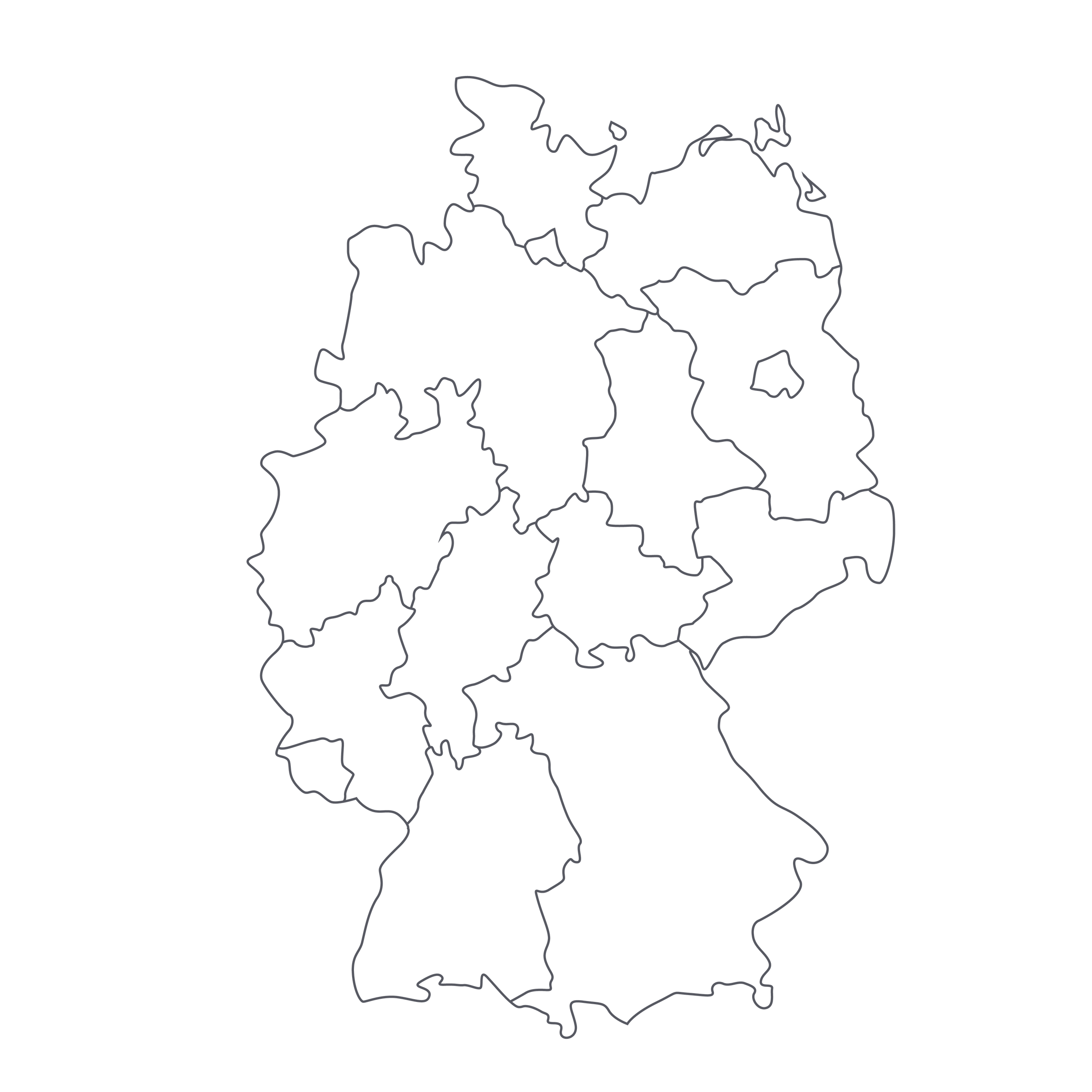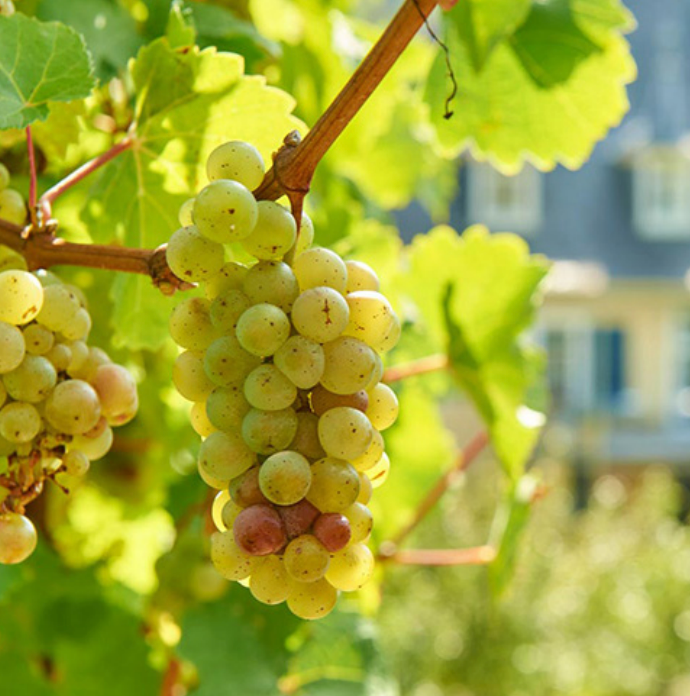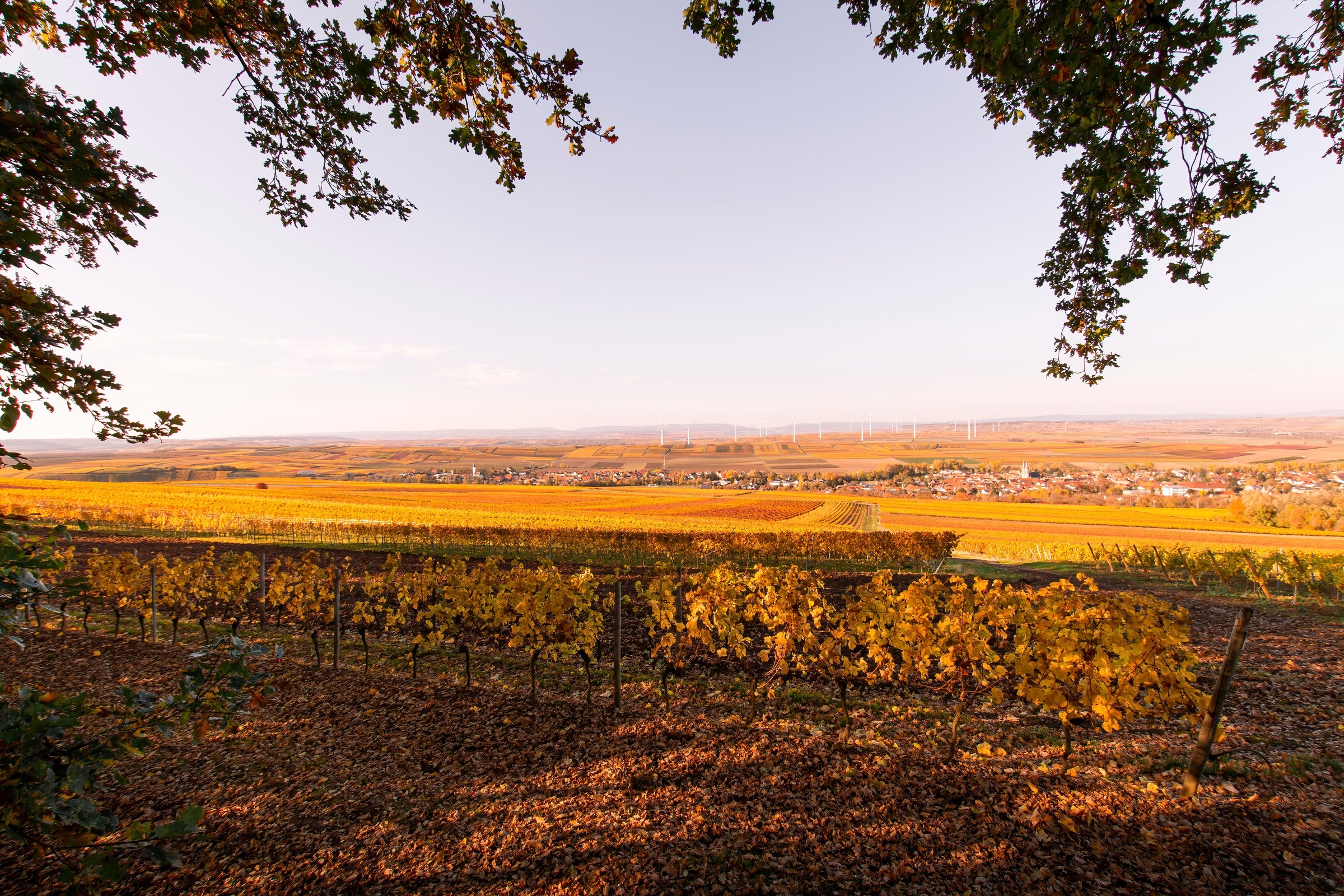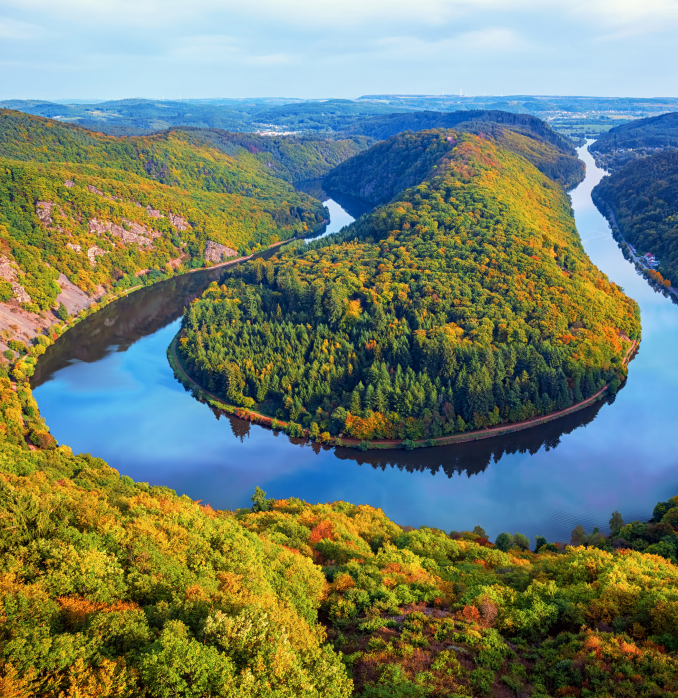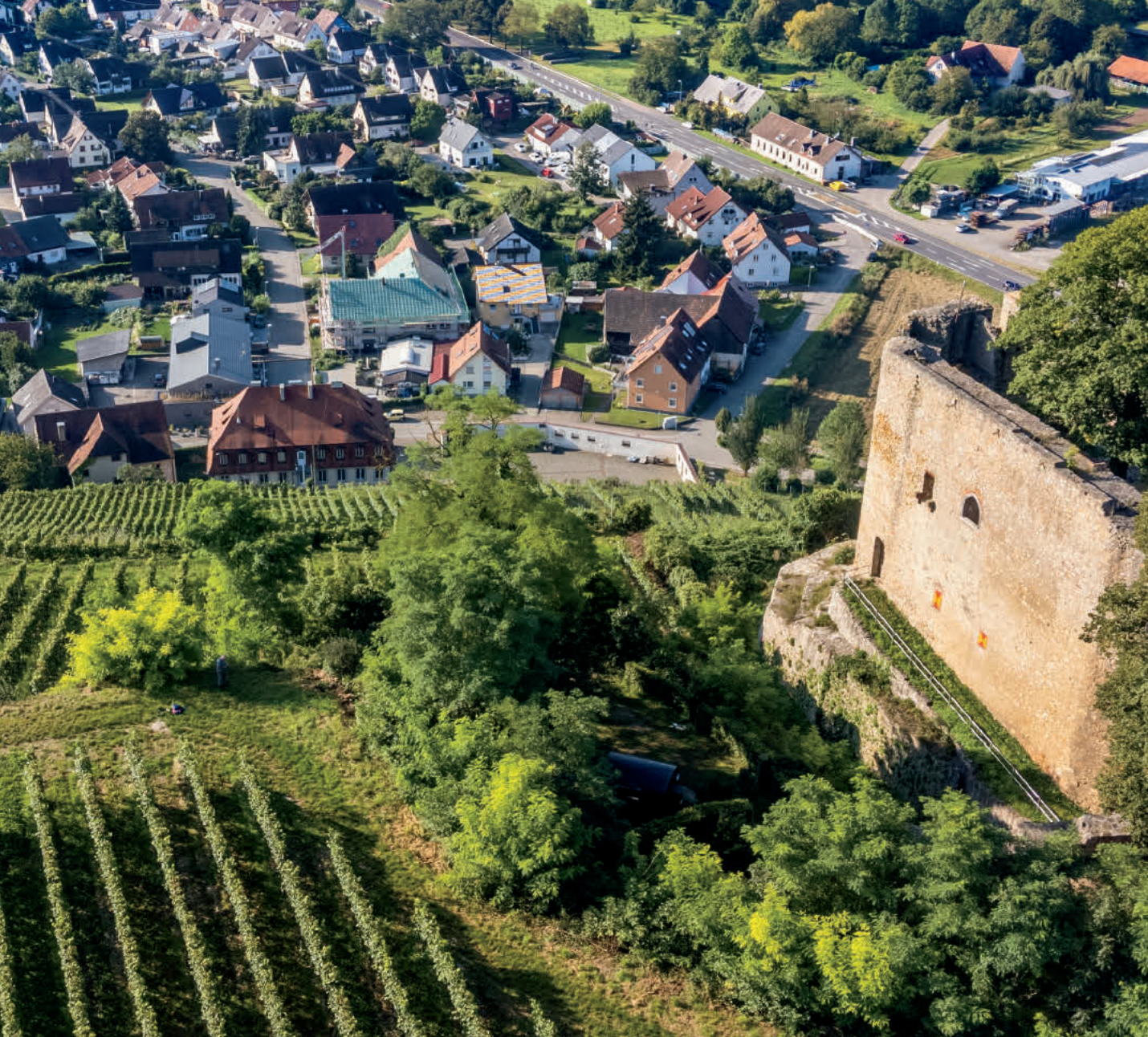Schneider’s Vom Rotliegenden is one of our more unique Riesling offers, due to the bizarrely distinct soils from which it hails. And, when you combine seven generations of uninterrupted winemaking from the esteemed Schneider estate—a close-knit family that farms sustainably and produces exceptionally pure wines—a textured Riesling emerges, bursting forth with all the elements that make this grape and place so special.
This isn’t “just another Riesling”—the wine is electrifyingly vibrant, crackling with mineral intensity and ripe, piquant fruit. It’s a dry Riesling begging for its layers to be unwrapped and explored at a price that keeps you well within your comfort zone. We should always be searching for wines that distinguish themselves from the rest of the pack—Vom Rotliegenden is it. A perfectly ripe Spätlese, rare red soils, the blockbuster 2015 vintage, and traditional winemaking from a historic German family. All for an exceedingly low price. Stockpile this rich, dry stunner while you can!
Wine labels are tricky business and depending on what part of the world you're stepping into, must be decoded on a case-by-case basis. In Europe, broadly speaking, the focal point of a label showcases either the producer or vineyard site. And then you have today’s unique offer: “Vom Rotliegenden”—a wine named after the soil itself: this red slate and clay earth stretches across the famed “Roter Hang,” a steep “red slope” leading down to the Rhine River.
The Schneiders can directly link their wine heritage to a French military legend. In the late 1800s, Napoléon Bonaparte came galavanting up the Rhine, soaking up these sun-drenched slopes and stopping at quaint river towns. In order to sustain his expenditures, he began selling off properties he previously inherited through old nobility courts. When Napoléon ventured into Nierstein and put his land up for sale, Kaspar Schneider seized the opportunity and immediately purchased several vineyards. These vineyards formed the base of the Schneider’s land ownership today. Now on generation seven (several generations are at work come harvest, even the up-and-coming eighth!), this is a true family business that wants nothing more than to share the fruits of their familial labors with the outside world. In 2012, after 40 years of winemaking, Albrecht Schneider passed the torch to his daughter and husband—though you will still find him ‘in the mix’ on a daily basis.
Vom Rotliegenden” literally means “from Rotliegend,” a
weathered, fragmented red slate beneath red clay soil found on a single Rheinhessen hillside known as the Roter Hang. Today’s bottle is sourced from the exceptional “Hipping” vineyard, entirely within the small Rheinhessen town of Nierstein. This historic site has been well-documented since 1753 due to its perfect sun exposure (east facing) and wind-sheltered slope. The Schneiders farm their vines sustainably and harvest by hand—just like
their ancestors in 1921. In the winery, grapes ferment in stainless steel and are sent to age in their underground cellar lined with old wooden barrels.
In the glass, the ’15 Vom Rotliegenden Spätlese Trocken shines a pale straw yellow with neon green reflections flashing out towards a clear rim. The nose is explosive and lush, full of ripe white peach, cantaloupe, mango peel, grapefruit zest, Key lime, lemon blossoms, petrol, green apples, crushed stones, wet slate, and a slight herbal component. The palate is vibrant and powerful, with nervy acidity and a refreshing cool wave on the finish. Don’t be fooled by the sweet core of fruit: it’s a bone dry wine with extreme ripeness—especially in the 2015 vintage. Vom Rotliegenden is electric and piquant; stone minerality prickles your tongue and a lingering petrol note accentuates the citrus-dominated finish. An abundance of terroir expression is clearly stated in this tension-filled Riesling and it will pair perfectly with a large range of weather and food. Serve in all-purpose white stems around 50-55 degrees and try out this attached Chinese pineapple chicken dish, or anything to your liking, really. Feel free to hold a couple bottles back, too: it can withstand the cellar for 5-10 years, easy. Cheers!


